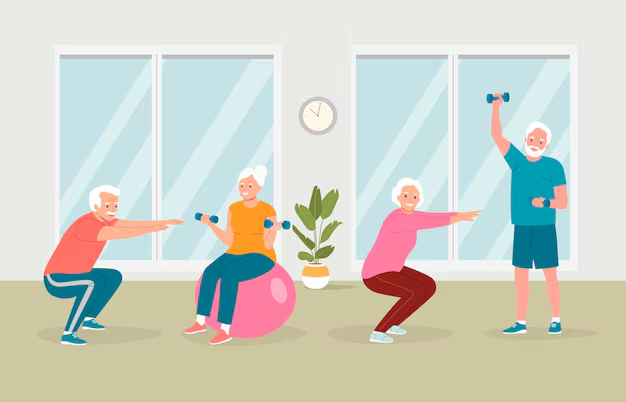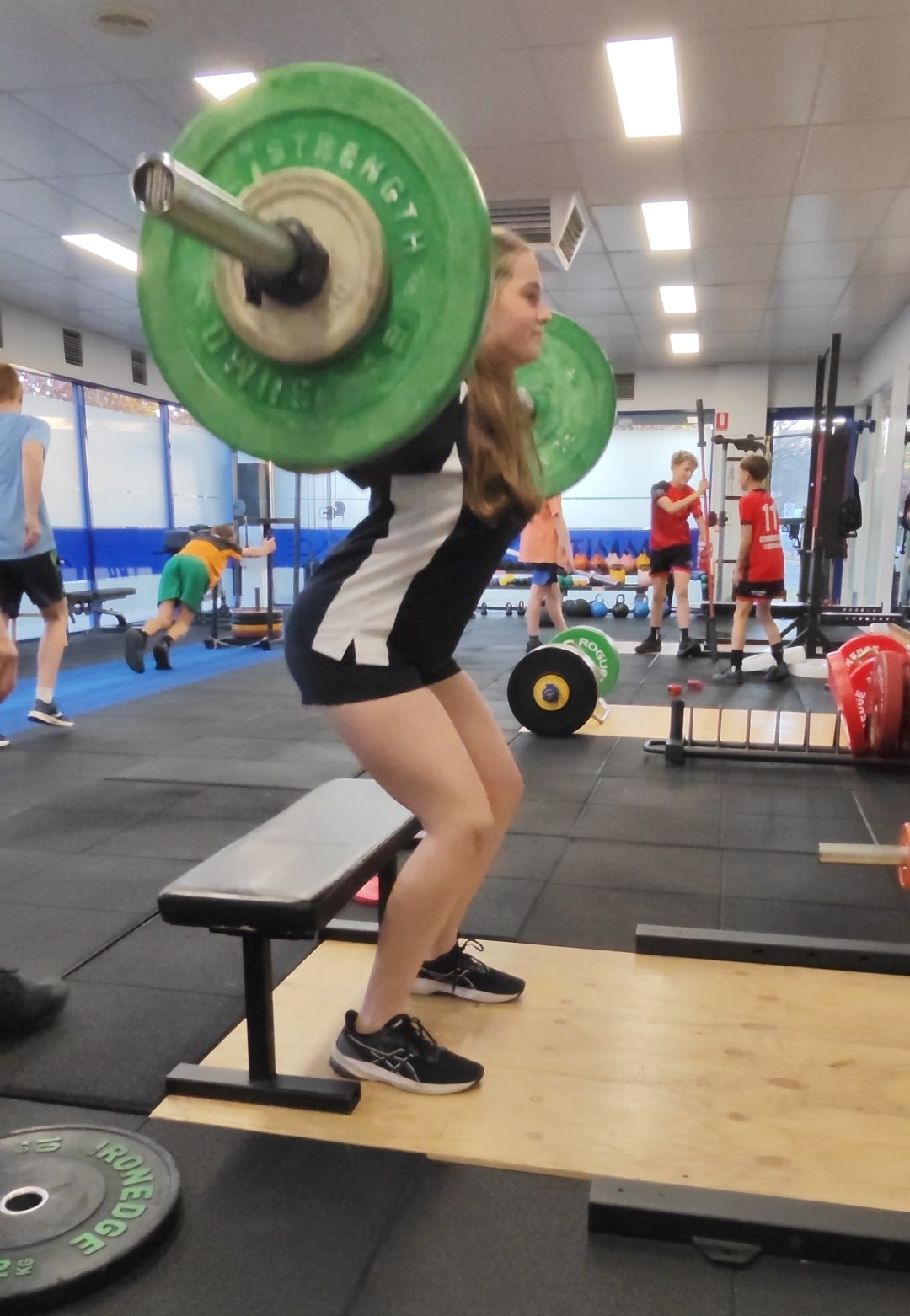The deadlift is a fundamental exercise for developing strength, power, and muscle mass in the posterior chain, including the back, glutes, and hamstrings. It is a compound movement that mimics natural lifting patterns, making it highly functional and relevant to both athletic and everyday activities.
Anatomy and Biomechanics
Muscles Worked: Glutes, hamstrings, quadriceps, erector spinae, traps, lats, forearms, and core muscles.
Joint Involvement: Hips, knees, and ankles, with significant involvement from the spinal erectors to maintain a neutral spine.
Movement Patterns: Proper deadlifting involves hip extension, knee extension, and a strong bracing of the core to stabilise the spine.
Proper Form and Technique
Stance: Feet should be hip-width apart with toes pointed slightly outward. The bar should be positioned over the mid-foot.
Grip: Hands should be placed just outside the knees, with a firm, overhand or mixed grip. The arms should hang straight down.
Bar Placement: The bar should start over the mid-foot, with the shins touching or very close to the bar.
Setup: Bend at the hips and knees to lower into the starting position. Keep the chest up, back straight, and shoulders slightly in front of the bar.
Lift: Initiate the lift by pushing through the heels, extending the hips and knees simultaneously. Keep the bar close to the body, dragging it up the shins and thighs.
Lockout: Finish the lift by fully extending the hips and knees, standing tall with the chest up and shoulders back.
Descent: Lower the bar by reversing the movement, bending at the hips first, then the knees, while keeping the bar close to the body.
Common Errors and Corrections
Rounded Back: Rounding the back during the lift can lead to injury. Focus on maintaining a neutral spine by bracing the core and keeping the chest up.
Bar Too Far from the Body: Allowing the bar to drift away increases the lever arm and stress on the lower back. Keep the bar close to the body throughout the lift.
Hips Rising Too Fast: If the hips rise faster than the shoulders, it can lead to poor form and potential injury. Ensure the hips and shoulders rise at the same rate.
Poor Grip: A weak grip can limit lifting potential. Use chalk, a mixed grip, or straps if necessary to maintain a secure hold on the bar.
Safety and Spotting
Equipment: Use a barbell with appropriate weight plates and collars. Ensure the lifting area is clear and has a stable surface.
Warm-Up: Proper warm-up sets are essential to prepare the muscles and joints for heavy lifting. Start with an empty bar and gradually increase the weight.
Form Checks: Regularly check and correct form to prevent injury. Using a mirror or recording lifts can help identify and correct errors.
Individual Differences and Adjustments
Individual body proportions can affect deadlift mechanics. Lifters should adjust their stance, grip width, and bar placement to suit their body type while maintaining the core principles of the lift.
Benefits of Deadlifts
The benefits of incorporating deadlifts into a training regimen are extensive:
Total-Body Strength: Deadlifts build foundational strength in the posterior chain and other muscle groups.
Muscle Mass: Engaging large muscle groups stimulates hypertrophy, leading to increased muscle size.
Functional Fitness: Deadlifts improve overall body functionality, making everyday tasks and athletic movements easier.
Performance in Other Lifts: Strength gained from deadlifting translates to better performance in other compound lifts.




